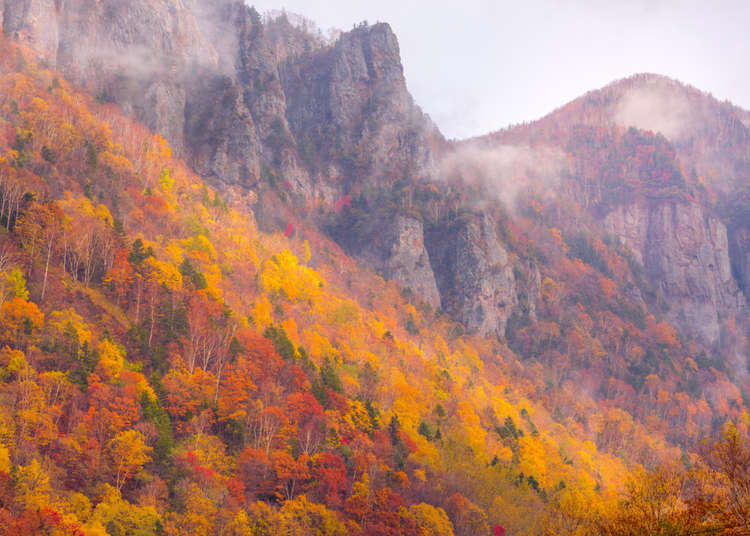
Sounkyo is a popular sightseeing spot where you can fully enjoy the natural scenery of Hokkaido. When visiting, be sure to ride the Kurodake Ropeway.
Located only seven minutes from the hot springs resort area, the Kurodake Ropeway takes you up the 1,300-meter Mount Kurodake to an observation deck that offers a panoramic view of the Daisetsuzan mountain range.
We made the trip in order to experience the view first-hand.
- Table of Contents
-
- Sounkyo offers stunning views of Daisetsuzan National Park's beautiful scenery
- Kurodake Ropeway invites you to the playground of the gods
- Taking Kurodake Ropeway from Sounkyo Station to Kurodake Station
- Take in the view from the Kurodake observation deck after arriving at Kurodake Station!
- Finding Food: Getting a bite at Mount Kurodake
- Many other interesting spots around Kurodake Station!
- Take the Kurodake Lift from the fifth to the seventh station
- Try reaching Mount Kurodake's summit on foot from the seventh station!
- See four seasonal views of Daisetsuzan National Park from Kurodake Ropeway
Sounkyo offers stunning views of Daisetsuzan National Park's beautiful scenery
Boasting an area encompassing 226,764 hectares (~875 square miles), Daisetsuzan National Park is the largest national park in Japan.
It is one of several national parks that include the Daisetsu volcanic and Tokachi-dake mountain ranges as well as the headwater regions of the Ishikari River and Tokachi River.
The elevation of the mountains in the Daisetsu volcanic range is 2,000 meters and located in the expansive canyon at the foot of Kurodake is the largest hot spring area in Hokkaido and the popular sightseeing spot Sounkyo.
The canyon, which extends 24 kilometers along the Ishikari River, is noted for its scenery of rock pillar formations called columnar joints.
Other sights to behold in this area are the rainbows created by Ginga (Galaxy) waterfall and Ryusei (Meteor) Waterfall spilling over tall cliffs.
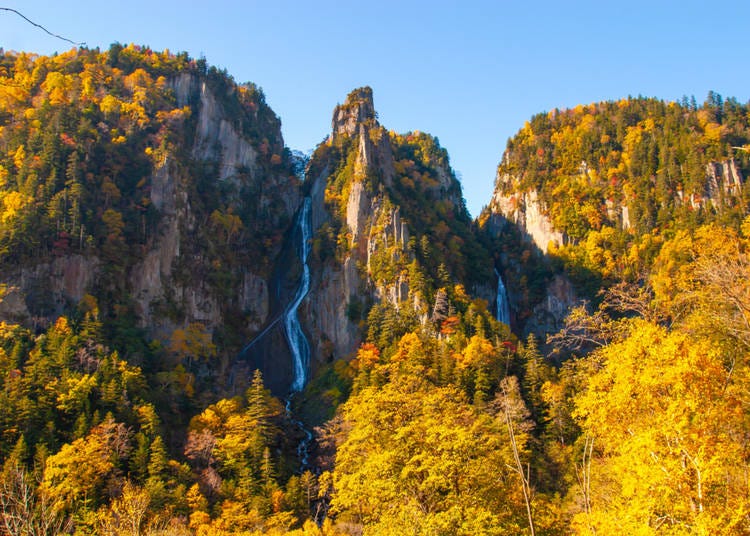
The broad, majestic natural scenery of Daisetsuzan National Park can be enjoyed from Sounkyo, with the Kurodake Ropeway offering the finest views.
Rising to an elevation of 1,984 meters, the fifth and seventh stations, as well as the peak, afford spectacular views of the majestic scenery. So let’s take a closer look at them now.
Kurodake Ropeway invites you to the playground of the gods
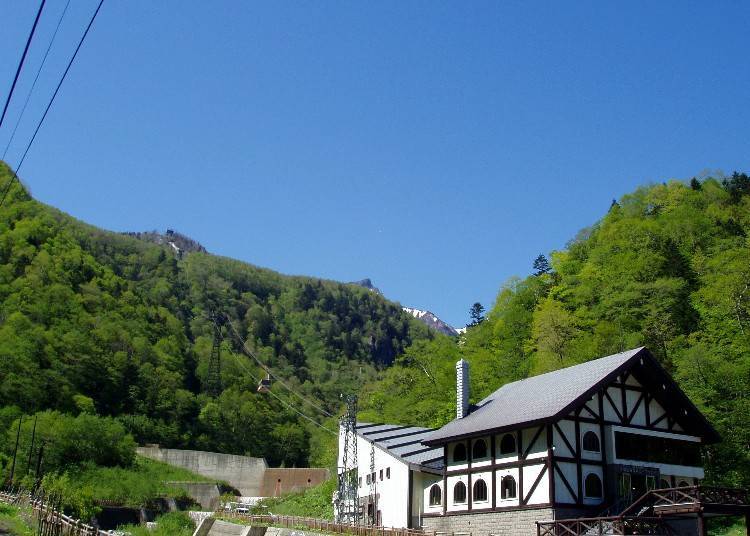
The Kurodake Ropeway began operations in 1967. The Sounkyo Station is located at an elevation of 670 meters at the base of Mount Kurodake, and is connected to the 1,300 meter-high fifth station by a 7-minute ride.
You can take the Kurodake Pair Lift from the fifth station to the seventh station. It takes about 90 minutes to then hike from the seventh station to the 1,984-meter peak.
There are hiking paths at the ends of both the fifth station ropeway and seventh station pair lift, not leading to the summit, but stretches that afford you wonderful views of the summer alpine plants and in the autumn the colorful foliage.
To fully experience the rich natural beauty of the Daisetsuzan National Park firsthand, I set out from the seventh station towards the summit. The path to the summit is one that even novice climbers can handle, but proper clothing and hiking gear is necessary.
Taking Kurodake Ropeway from Sounkyo Station to Kurodake Station
First you need to buy a roundtrip ticket costing 1,950 yen at the Sounkyo Station. Kurodake Ropeway's gondolas depart at 20-minute intervals and are announced shortly before each departure, so have your ticket ready when it is time to board the gondola. Be careful not to miss the announcement and be too late to board the gondola.
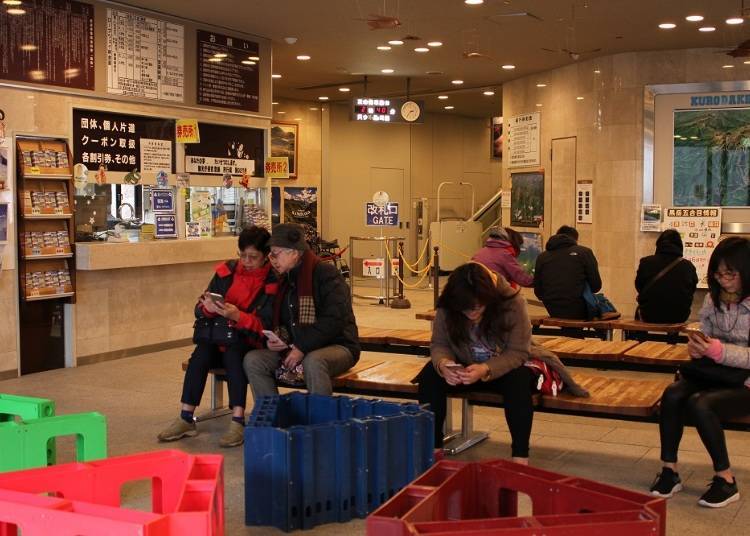
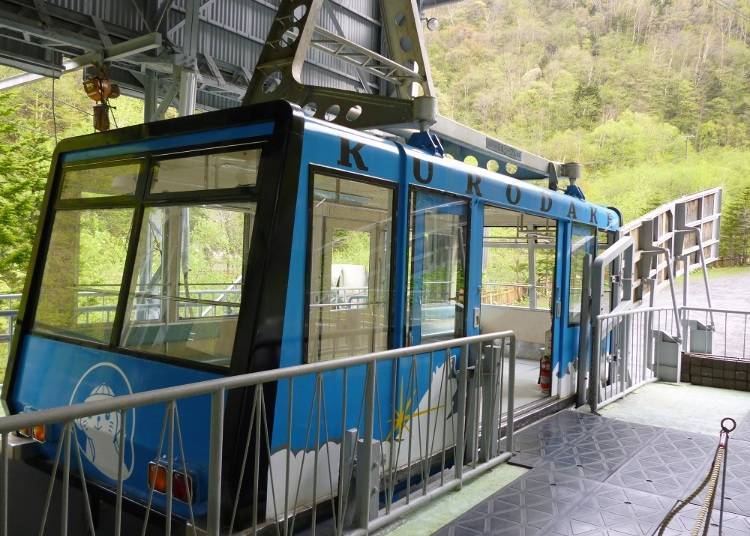
Each gondola can accommodate 101 passengers. The interiors are rather spacious. They sway a bit after they depart and gradually pick up speed as they make their way to the summit.
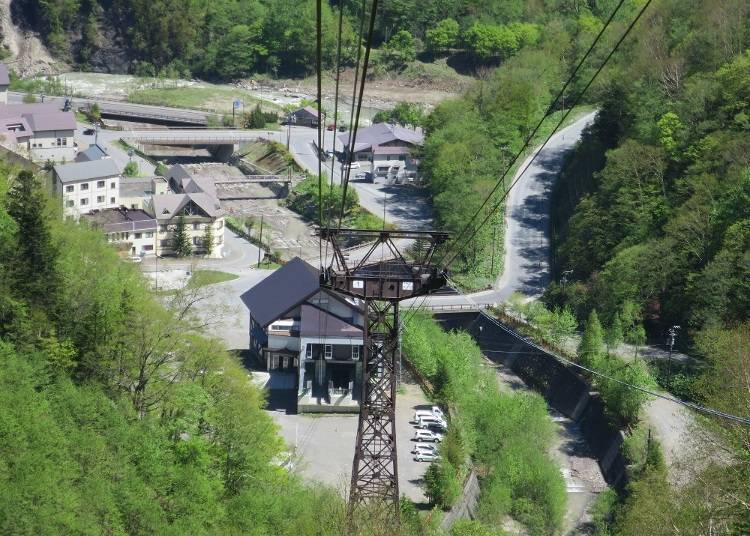
The wide windows of the gondolas offer excellent views of the mountains around Daisetsuzan. Inside the gondola there are announcements in Japanese and English about the scenery.
I especially recommend the view outside the right rear side as you go up the mountain. On the right side, you can see Kurodake-zawa and Unsokyo flowing through the valleys between the mountains.
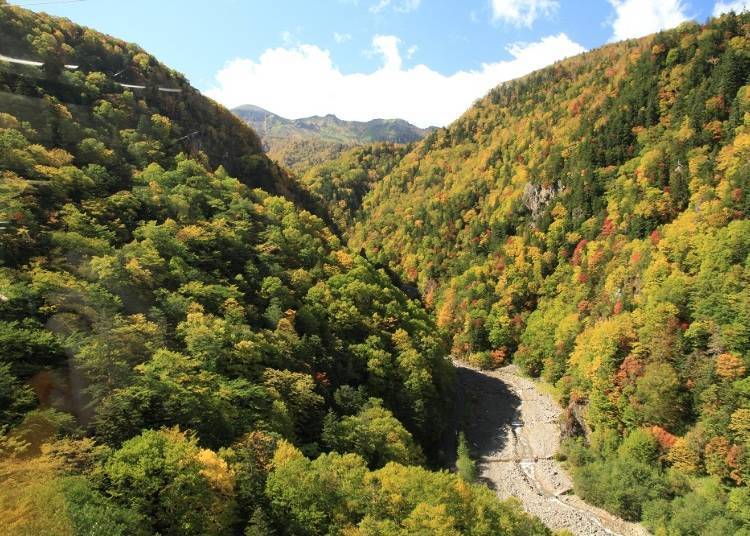
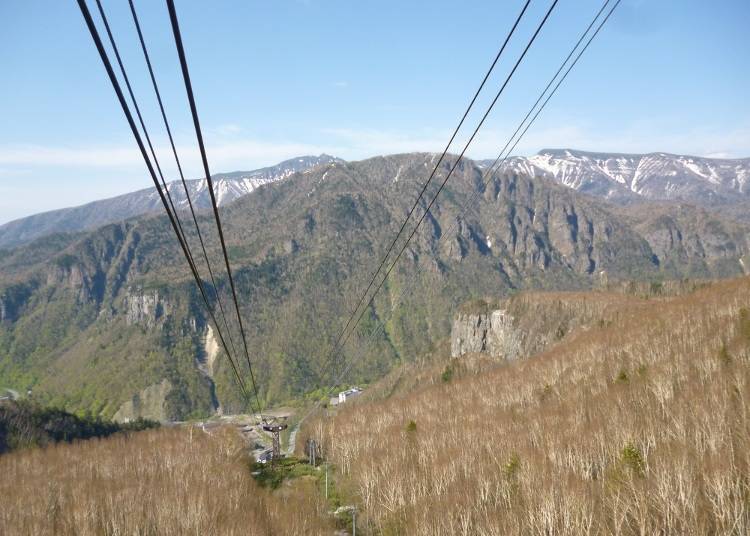
You can see Mt. Choyo, Mt. Niseikaushuppe and other mountains on the north side of the Daisetsuzan National Park out the rear windows of the gondola.
As the Kurodake Ropeway gondola nears the summit, the vista broadens and the 7-minute ride comes to an end all too soon as it arrives at the Kurodake Station located at the fifth station on Kurodake.
Take in the view from the Kurodake observation deck after arriving at Kurodake Station!
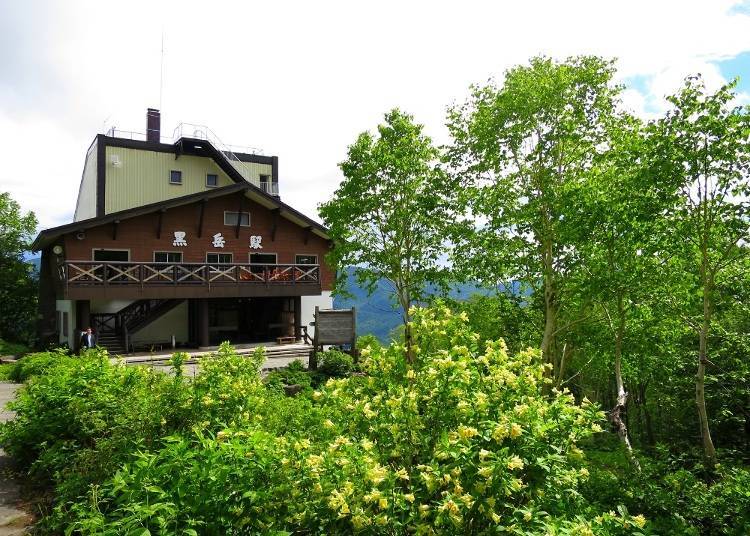
The Kurodake Ropeway terminus is at the fifth station of Mount Kurodake.
From this point, one can enjoy hiking up the mountain in summer or skiing during winter; it is a starting point in each of the four seasons, which offers unique leisure activities.
After you arrive, first go up to the observation deck on the roof. The stairs from the ground up to the roof are a bit steep, and I was a little out of breath by the time I got to the top.
The fifth station is at an elevation of 1,300 meters, so the wind on the observation deck can be powerful. If it is too strong, it is not possible to go up to it.
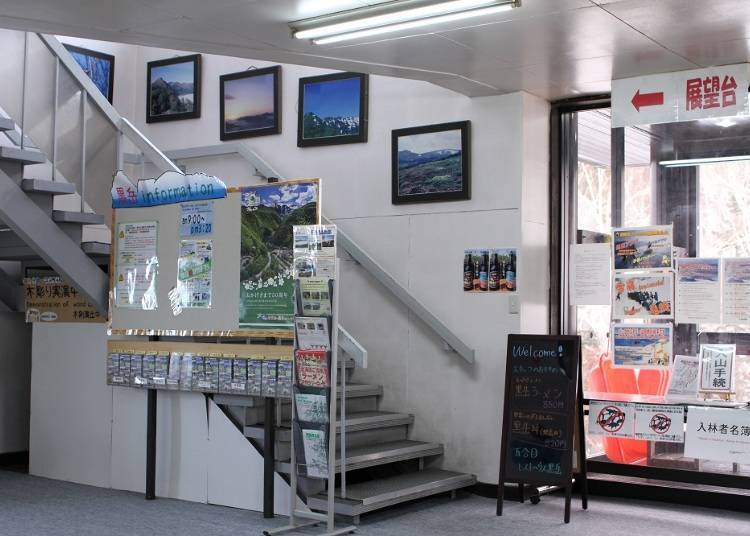
The rooftop observation deck offers a 360-degree panoramic view of the surrounding mountains and canyon in Sounkyo.
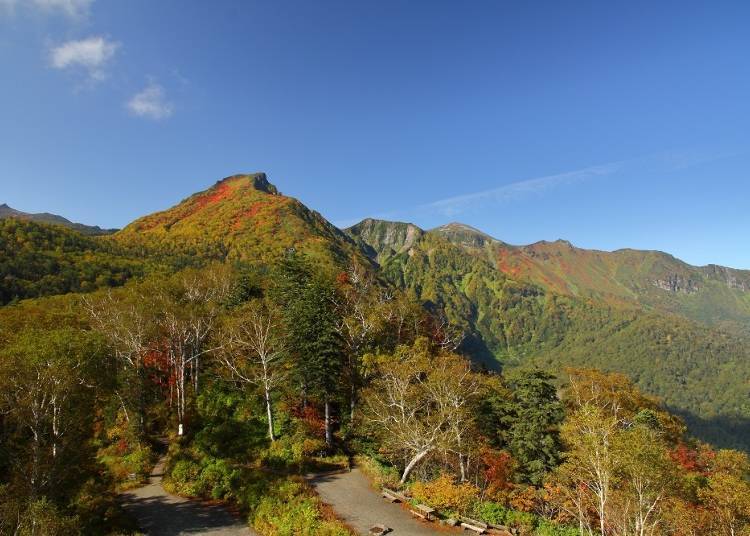
On a clear day, you can see the mountains of Akan in the east more than 100 kilometers away.
Finding Food: Getting a bite at Mount Kurodake
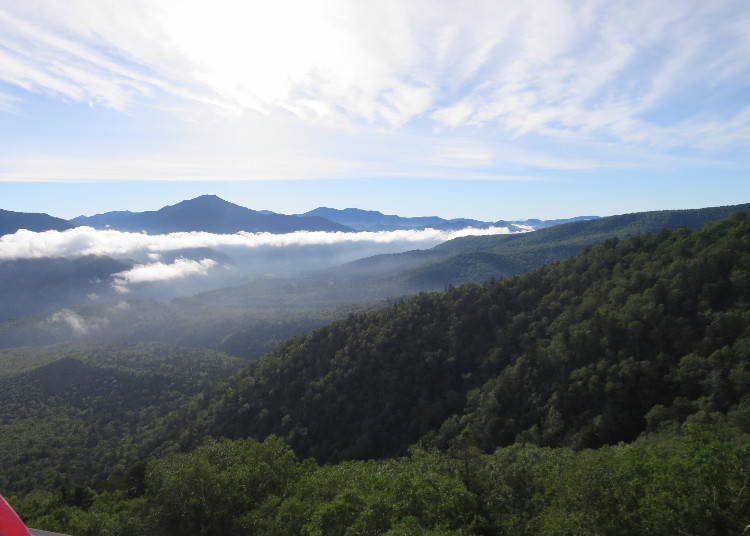
Dishes made with local products, such as ramen, soba, and curry rice, are offered in the Rest House Kurodake located on the second floor.
I recommend the Kurodake Ramen that contains maitake mushrooms produced in Aibetsu Town for 850 yen (tax included) or the Kurodake Soba for 750 yen (tax included). The Kurodake Set of a pork bowl and mini-size bowl of Kurodake Soba costs 950 yen (tax included) and the portions are large enough to be shared.
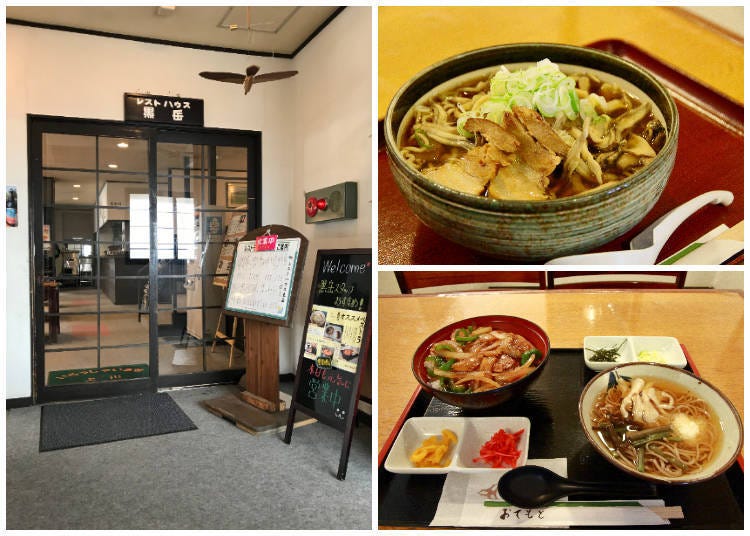
Many other interesting spots around Kurodake Station!
There are a number of places to see within walking distance of Kurodake Station. First, there is the rock garden behind the station which has about 100 types of alpine plants.
In the spring Rhododendron aureum and Ezokozakura are in bloom and in summer Geum pentapetalum and Weigela middendorffiana are in bloom along with other alpine plants adding bright colors to the garden.
You can also walk over to the museum and Takamatsudai near the lift area. The museum exhibits photos of the plants and animals that can be seen at Kurodake and also of the four seasons of Daisetsuzan.
Beyond the museum is the Takamatsudai, an observation deck even closer than the one on the roof of Kurodake Station which affords a good view of the summit. This is a famous cherry blossom viewing place, the latest to occur in Japan, when the Chishima Cherries bloom in early June.
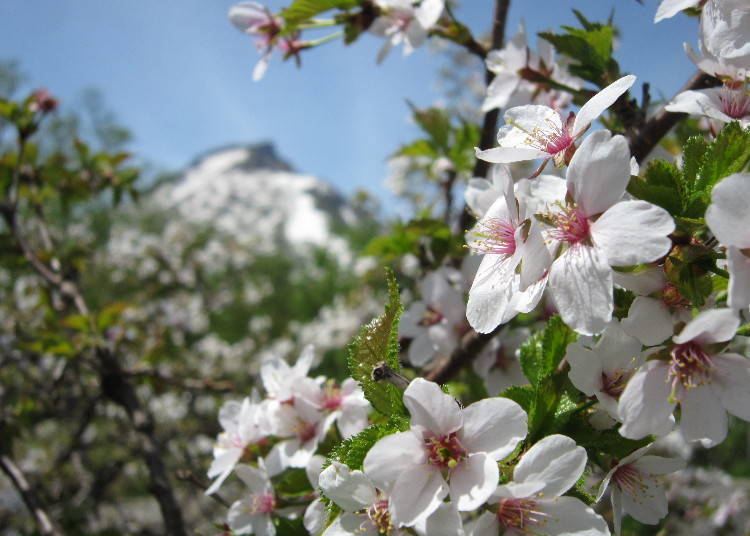
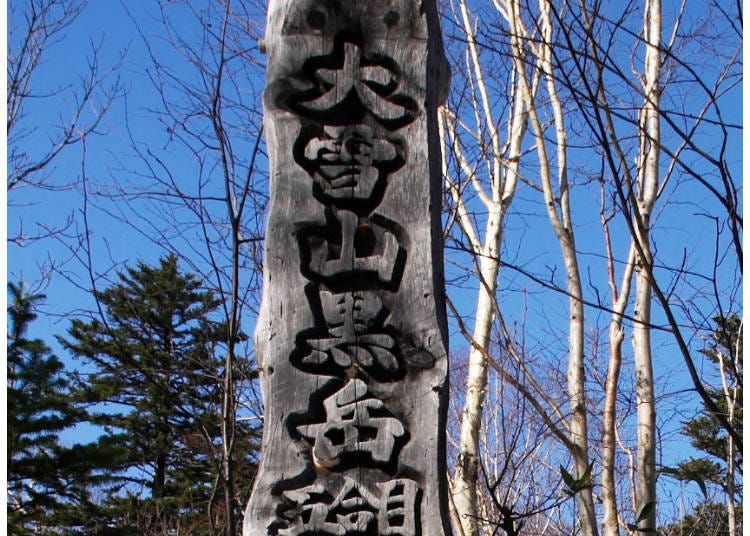
Take the Kurodake Lift from the fifth to the seventh station
Going about 200 meters along the promenade from Kurodake Station you will come upon the Kurodake Lift. Roundtrip fare is 600 yen and the lifts seat two people.
It takes about 15 minutes to go from the 1,320-meter elevation of the fifth station to the 1,520-meter elevation of the seventh station in the summer, but during the winter when it is used as a ski lift, it takes only 8 minutes.
One advantage of the lift is that you get a greater feeling of being in nature than when in the gondola. The leisurely speed allows for more time to enjoy the beautiful natural scenery around you.
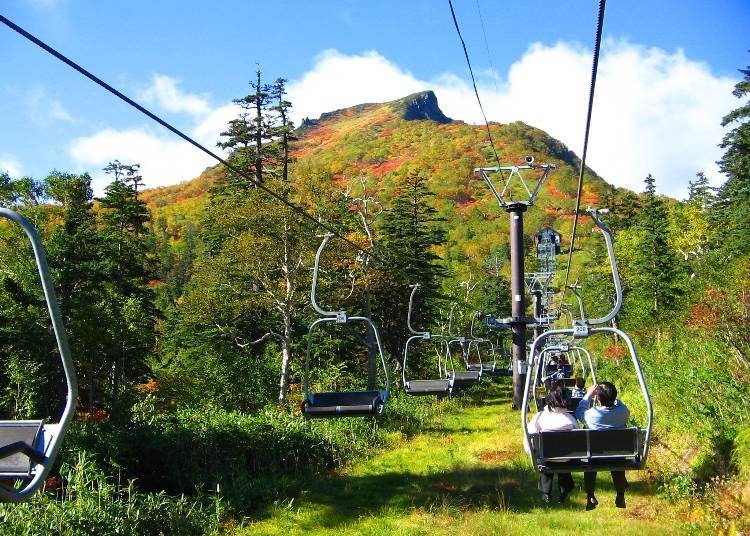
The seventh station is the end of the lift ride. From here you can begin your hike up the mountain by taking the Kurodake Kamui Forest Path Promenade that begins outside the climbing office lodge.
This promenade was constructed so as to provide hikers with views of the restored natural setting. It is a light trekking course that takes about 15 minutes to go one way.
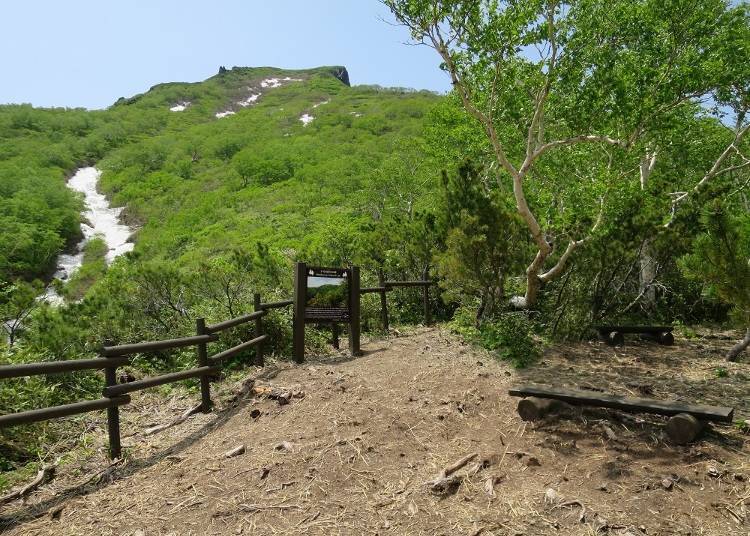
It becomes apparent as you walk along this path trying to avoid tripping over the roots of trees and avoiding getting scratched by tree limbs that this path was created in a way so as to draw your attention to its original natural beauty.
Soft light filters through the trees making this a refreshing hiking course. From the Amaryo Falls Observation Deck at the end of the path, you can see the summit of Kurodake in front of you, the deep valley of the Akaishi River, and Amaryo Falls.
Try reaching Mount Kurodake's summit on foot from the seventh station!
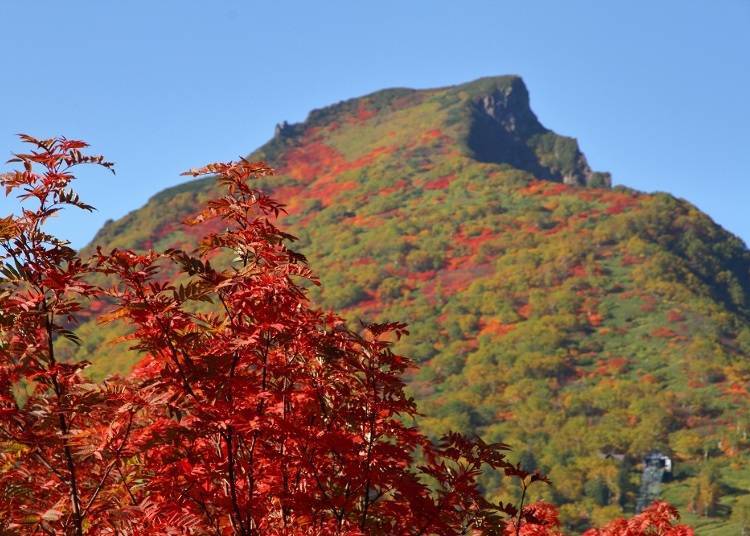
This is the starting point for the final leg to reach the summit of Kurodake from the seventh station. There is a climbing office lodge at the seventh station where you are required to fill out a climbing form.
Temperatures at the summit are usually in the single digits, so be sure to prepare to dress accordingly, with outerwear you can put on or take off as needed. As the autumnal colors begin to appear from the end of August the temperature sometimes drops below zero, so don’t forget to wear cold-weather clothes.
Hiking boots are essential because of the large rocks and boulders strewn along the path. If you did not bring hiking gear with you, you can rent it at the Sounkyo Station before you take the Kurodake Ropeway.
Also, there are places where the steps are steep and between early and mid-July, runoff from melting snow can make the road muddy and slippery in places, so you will need to remain alert to such minor details when making the climb.
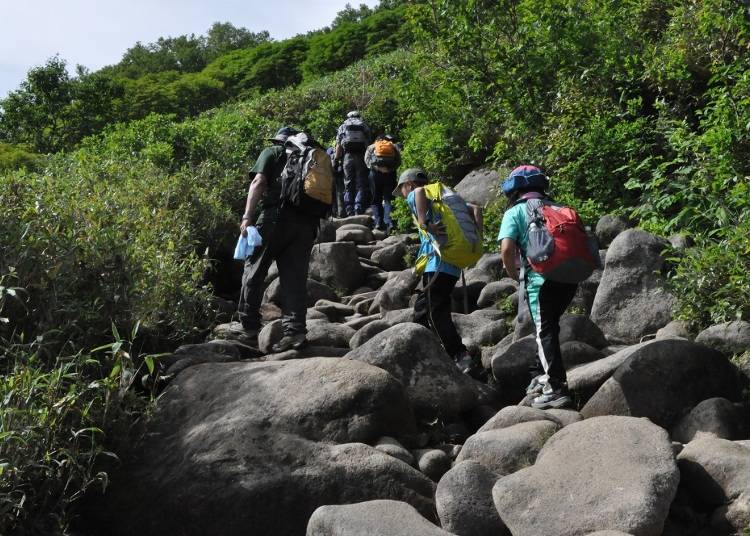
It takes about an hour and a half to hike to the summit. Along the way you can see many types of alpine flowers such as Trollius riederianus and Ezo Orchis aristata. If you are lucky, you might even see pika and Eversmann’s Parnassian, which normally can only be seen at very high altitudes.
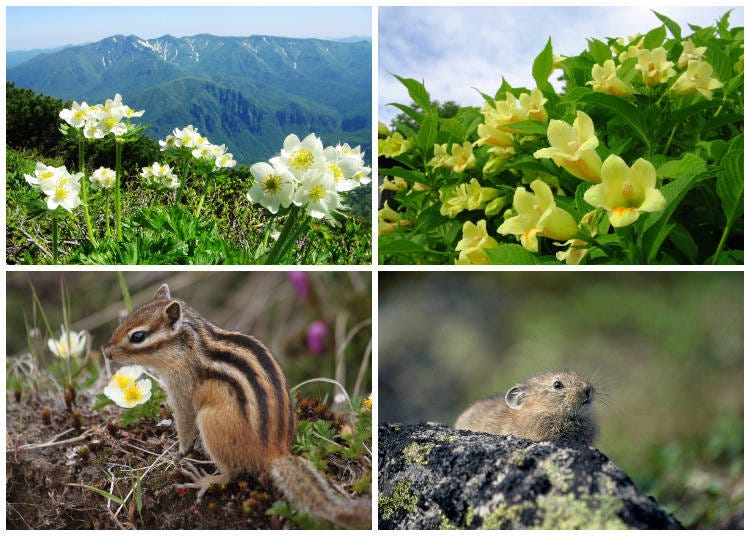
Ainu, the native inhabitants of Hokkaido, called Daisetsuzan, which includes Kurodake, “Kamuimintara” which in their language means “Playground of the Gods”.
The Daisetsuzan range has an elevation of about 2,000 meters, but because of its high latitude, even at an elevation of 1,700 meters, 1,000 meters below that of the Japan Alps, it is possible to see fields of alpine flowers. In the Daisetsuzan range, there are more than 300 varieties.
Looking at the great expanse southwest of the summit of Kurodake, the majestic beauty of this scenery makes it easy to see why the Ainu called it the Playground of the Gods.
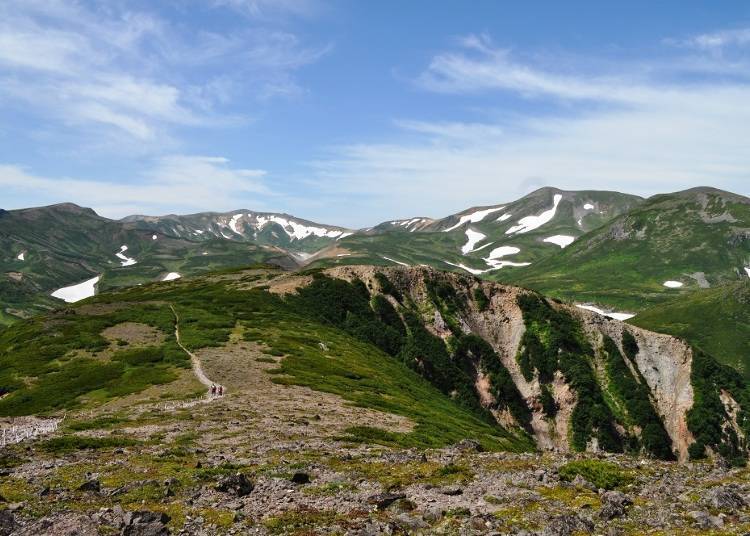
See four seasonal views of Daisetsuzan National Park from Kurodake Ropeway
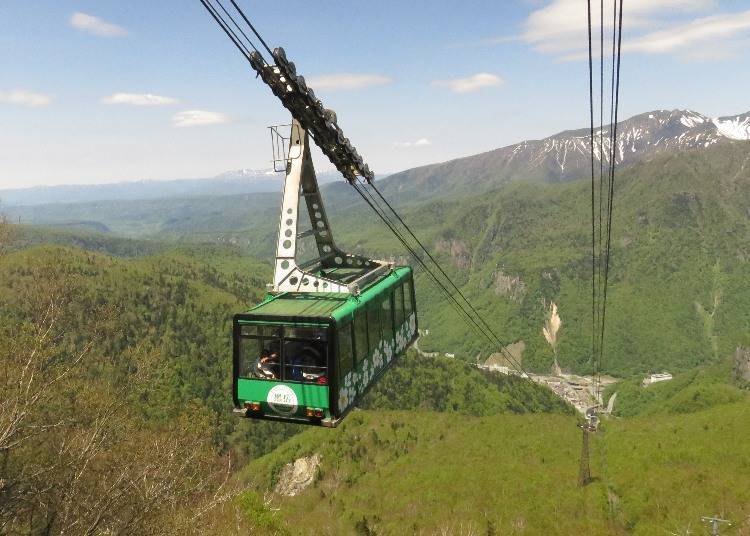
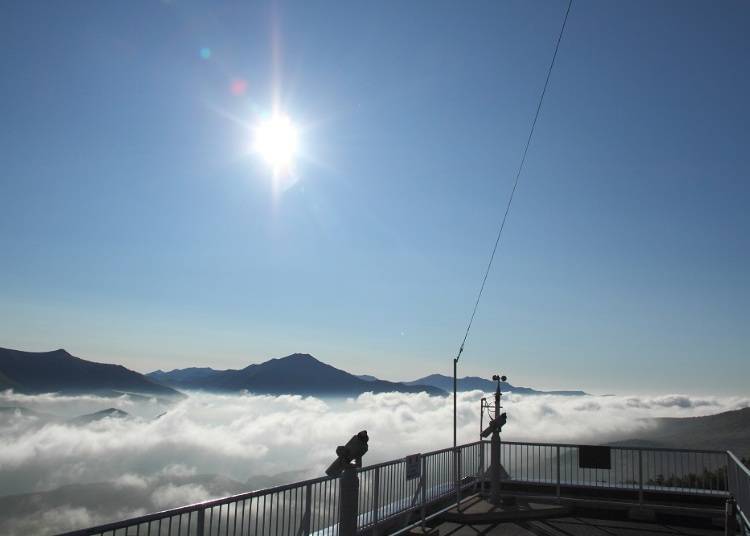
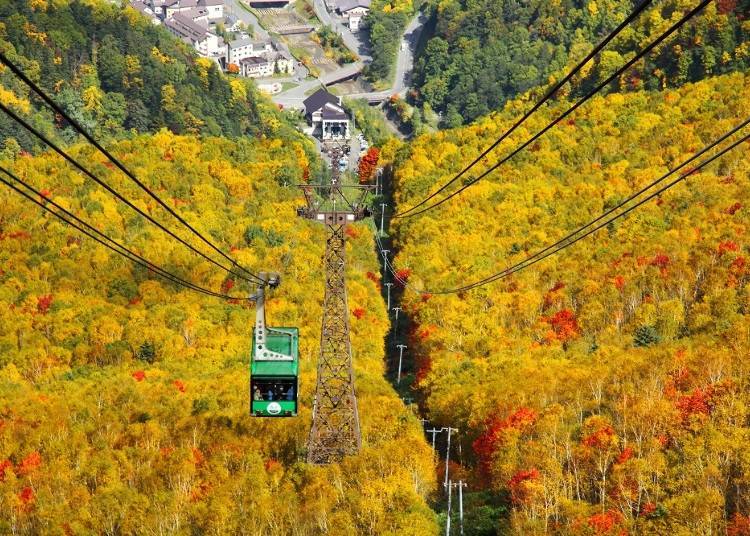
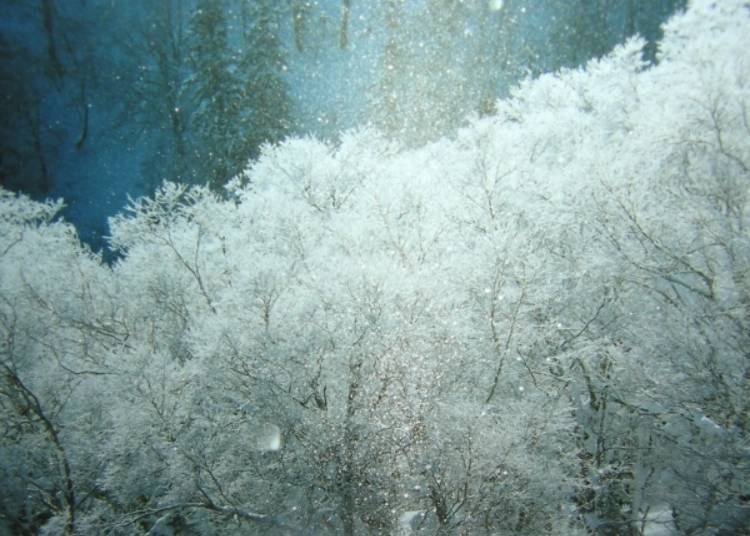
The four seasons of Daisetsuzan National Park can be enjoyed at Kurodake: flowers and plants sprouting up through remnants of snow in spring; lush green foliage covering the hillsides in summer, the myriad colors of alpine flowers welcoming summer; the early arrival of autumn marked by crimson leaves; and all the landscape turned to silver in winter. Riding the Kurodake ropeway roundtrip takes only an hour during which time you can enjoy the scenery. If you come to Sounkyo, you can experience the magnificent colors of Hokkaido from the northernmost ropeway in Japan.
Price: Ropeway roundtrip 1,950 yen
Hours: 6:00 AM ~ 6:00 PM (June ~ September); times may vary according to season
Holidays: not set
Access: 1 hour 30 minutes by car from Asahikawa on National Highway No. 39 going in the direction of Kitami and Abashiri
-

-
Address
Sounkyo, Kamikawa-cho, Kamikawa-gun, Hokkaido, 078-1701
View Map -
Nearest Station
Kamikawa Station (Sekihoku Main Line)
- Phone Number 01658-5-3031
-
Address
Sounkyo, Kamikawa-cho, Kamikawa-gun, Hokkaido, 078-1701
- Area
- Category
*Prices and options mentioned are subject to change.
*Unless stated otherwise, all prices include tax.
Recommended places for you
-
Appealing

Odori Park
Parks
Sapporo / Chitose
-
Appealing

Shirogane Blue Pond (Aoiike)
Rivers, Lakes & Canyons
Furano / Biei / Sounkyo
-
Appealing

Asahiyama Zoo
Zoos, Aquariums & Botanical Gardens
Asahikawa
-
Appealing
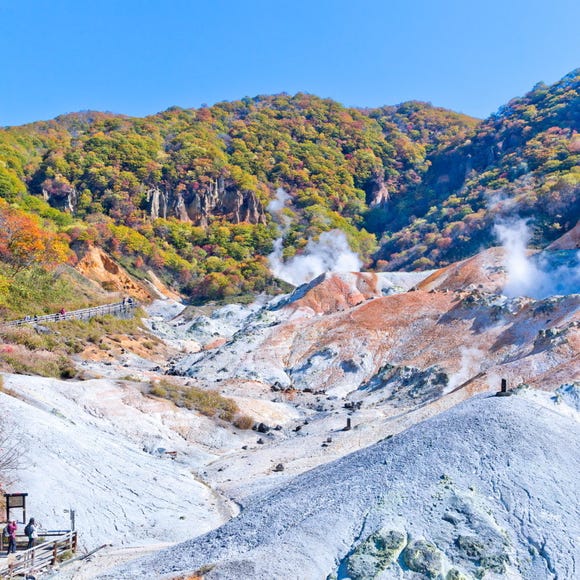
Noboribetsu Onsen
Hot Springs (Onsen) & Bath Houses (Sento)
Noboribetsu / Lake Toya
-
Appealing

Rukku and Uohei
Izakaya
Sapporo / Chitose
-

Sapporo Clock Tower
Landmarks
Sapporo / Chitose
-

7 Iconic Hokkaido locations that will make your Instagram shine
by: Himanshi Shah
-

Expert-Recommended: 9 Hakodate Hotels Serving Up the Best Breakfasts in Town
by: Nobuka Kawashima
-
Ad

Smart Ways to Avoid Crowds and Enjoy a Safe, Comfortable Trip to Noboribetsu Onsen
-
Ad

Smart Ways to Avoid Crowds and Enjoy a Safe, Comfortable Trip to Otaru.
-
Ad

Cycling Through Hokkaido: Discover the Beauty of Memuro and the Tokachi Plains
-
Ad

Sapporo SATUDORA Shopping Guide: Get Souvenirs, Medicine & More at This Iconic Drugstore (Special Deal Inside!)
-

7 Spectacular Hokkaido Summer Spots to Put on Your Must-Visit List
-

5 Hokkaido Road Trips Through The Inspirational Scenery Of Japan's Heartland
-

Top 9 Gorgeous Hokkaido Flowers Spots (Best Between June and August)
-

Top 10 Must-Visit Major Cities in Japan – Where Should You Travel?
-

These 16 Things to Do in Hakodate Japan Will Make You Fall in Love With the Northern Wonderland
-

6 Surprisingly Cheap Things in Japan
- #best sushi hokkaido
- #things to do hokkaido
- #best ramen sapporo
- #what to bring to japan
- #new years in tokyo
- #what to buy in ameyoko
- #japanese nail trends
- #what to do in odaiba
- #onsen tattoo friendly tokyo
- #daiso
- #best sweets otaru
- #japanese fashion culture
- #best nature furano
- #japanese convenience store snacks
- #best japanese soft drinks

















